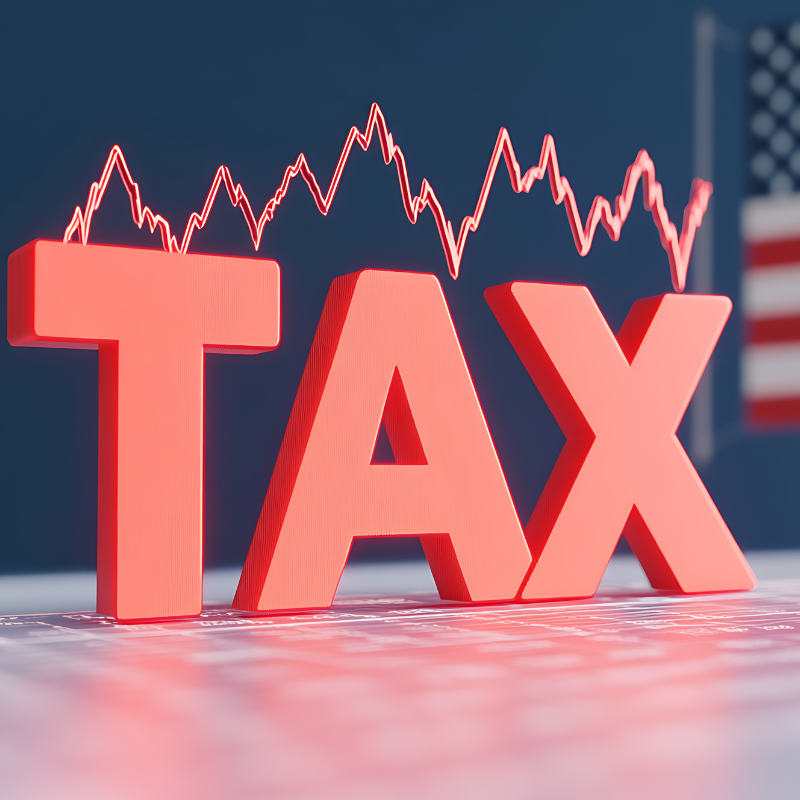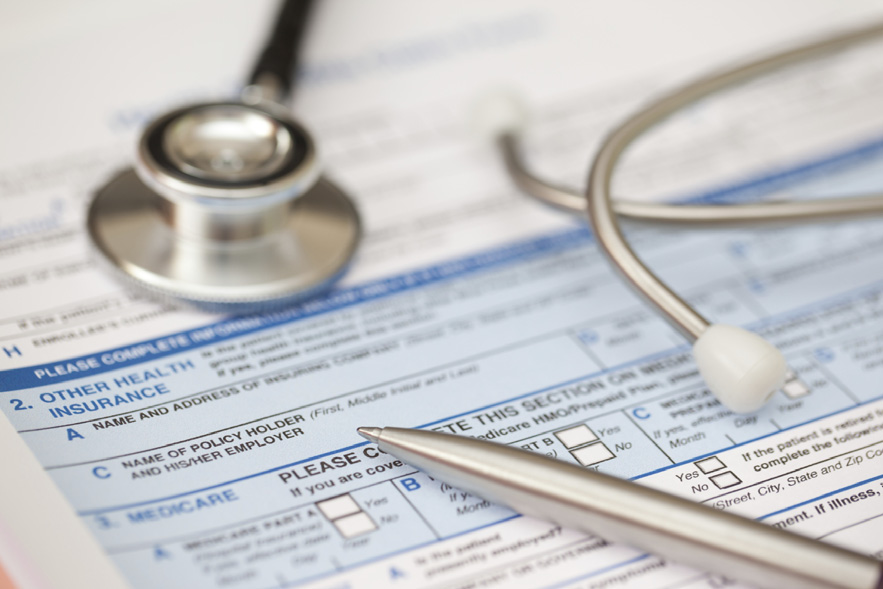Although the CARES Act (the Act) contains many favorable tax-relief provisions, corporations are keenly interested in the net operating loss (NOL) provisions because of the potential for large and immediate income tax refunds.
For the highlights of this article, check out our podcast:
In general, the Act allows for a five-year carryback of NOLs generated in 2018 through 2020, and a two-year carryback for NOLs of fiscal-year taxpayers whose tax year began in 2017 and ended in 2018. In a related provision, the Act accelerated the recovery of any alternative minimum tax (AMT) credits to 2018, as opposed to the prior rule which allowed for a phased-in recovery ending in 2021. The combined effect of these two changes will be extremely helpful to cash-strapped corporations as they try to ride out the large-scale shutdown of the U.S. economy.
Corporate taxpayers generally have two options for making a refund claim, and the options should be weighed carefully because the route chosen can dramatically affect the timing of a taxpayer’s receipt of the cash refund. Let’s discuss the pros and cons of each.
Option 1: Form 1139
The quickest option to obtain a refund is to file a refund claim on Form 1139, which relates to tentative refunds. This is sometimes referred to as a “quickie refund” because when it comes to NOL carrybacks, the IRS is required to process these applications and issue a refund within 90 days of the later of (i) its receipt of a completed application or (ii) the last day of the month that includes the due date (including extensions) for filing the corporation’s income tax return for the year in which the loss or credit arose.
Easy, right? Not exactly. The IRS had to overcome two hurdles in its effort to help taxpayers get these quickie refunds.
First, the old filing deadline for Form 1139 would have precluded any carryback of 2018 NOLs, so the IRS had to change the rules to accommodate the Act. It did this by allowing a filing extension in Notice 2020-26 and in Revenue Procedure 2020-24. The new due dates are as follows:
- For taxpayers with an NOL arising in a taxable year that began in 2017 and ended in 2018, Form 1139 is due by July 27, 2020.
- For taxpayers with an NOL arising in a taxable year that began in 2018 and ended on or before June 30, 2019, Form 1139 must be filed within 18 months after the close of the taxable year in which the NOL arose, so June 30, 2020, for a calendar year taxpayer.
Second, in addition to the deadline extension, the IRS had to address the fact that Form 1139 was required to be “snail” mailed to IRS service centers that are now closed due to the COVID-19 pandemic. The IRS overcame this hurdle by announcing a temporary procedure that allows taxpayers to fax the refund claim to it starting on April 17, 2020. The fax number is 844-249-6237 and special filing instructions are outlined in the temporary procedure here.
The only drawback of Form 1139 is that it allows only for a “tentative” refund, and the payment of the claim does not mean the IRS has accepted it as accurate. If the IRS later determines the claimed refund amount is overstated and negligent, penalties may be assessed. Further, if Form 1139 is rejected due to a mistake that cannot be cured within 12-months of the close of the tax year of the loss as extended, then the taxpayer must file an amended tax return on Form 1120X to claim the credit.
contact us here.
Option 2: Form 1120X
This route involves filing an amended tax return on Form 1120X for each of the years to which the carryback relates. The deadline for filing this claim is 3 years after the due date of the return for the tax year in which the NOL arose.
The benefit of this procedure is that it does not provide a tentative refund, but the detriment is that it will take materially longer than filing Form 1139. This is because the 90-day review process for Forms 1139 does not apply, the 1120X must be filed by mail, and the new fax procedure does not apply to Form 1120X. In addition, refunds claim on Form 1120X will be subject to Joint Committee on Taxation (JCT) review if the refund exceeds $5 million. This could add many months to the process.
For these reasons, we cannot recommend filing Form 1120X for any corporation that is looking for a quick refund. One more bit of advice – if you want a quick refund and choose to file Form 1139, do it quickly because the IRS processes these claims on a strict first-in, first-out (FIFO) basis.
Last, there will be many other collateral issues to consider in making your decision to carryback an NOL (e.g., tax rates pre-2018, AMT pre-2018, international tax issues, state and local income taxes, short year from M&A transactions, contractual issues, etc.).
Business Tax Services






